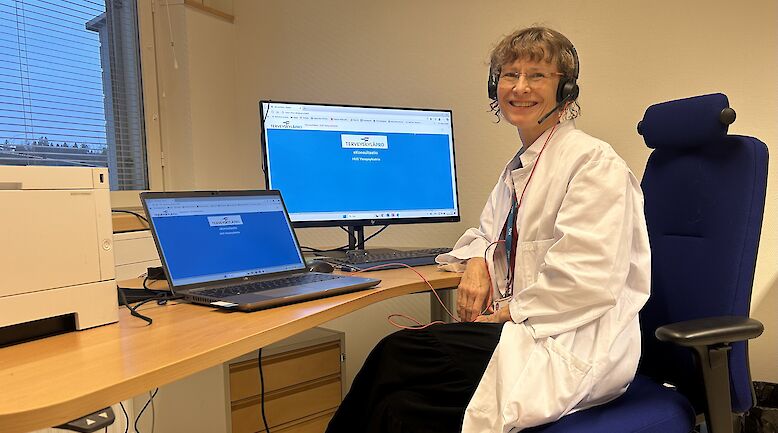English summary: NATIONAL PREVALENCE SURVEY ON NOSOCOMIAL INFECTIONS IN FINNISH ACUTE CARE HOSPITALS, 2005

The first national prevalence survey of nosocomial infections (NI) was conducted in 30 Finnish acute care hospitals during February and March 2005. The overall prevalence of NI was 8.5% (703/8234). Surgical site infection (SSI) was the most common NI (29%), followed by urinary tract infection (UTI) (19%) and primary bloodstream infection (BSI) and clinical sepsis (17%). NI prevalence was higher in males, among intensive care and surgical patients, and increased with age and severity of underlying illness. Microbiological investigation yielded positive results in 56% (398/703) of patients with NIs. The most common causative microbes were Escherichia coli (13%), Staphylococcus aureus (10%) and Enterococcus faecalis (9%). NIs caused by multiresistant microbes were rare (n=6). A total of 122 patients were treated in contact isolation due to the carriage of multiresistant microbes. At the time of the survey 19% of hospitalized patients had urinary catheter, 6% central venous line, and 1% were on a respirator. Antimicrobial treatment was given to 39% (3224/8234) of hospitalized patients. The results can be used to prioritize infection control measures and for more detailed incidence surveillance of NI.












